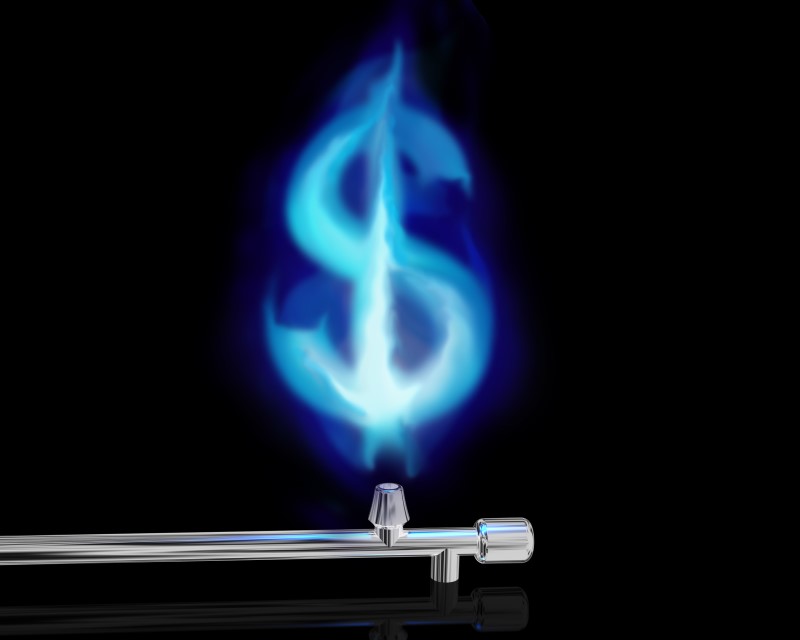7/23/2025
(Reuters) – U.S. natural gas futures fell about 5% to a 12-week low on July 23 on near-record output, stagnant gas flows to liquefied natural gas (LNG) export plants, and ample amounts of gas in storage.

Front-month gas futures for August delivery on the New York Mercantile Exchange fell 17.5 cents, or 5.4%, to settle at $3.077 per million British thermal units, their lowest close since April 25.
That price drop put the front-month into technically oversold territory for the first time since mid-May.
Despite hotter than normal weather this summer, analysts projected record output should allow energy firms to keep injecting more gas into storage than usual in coming weeks. Gas stockpiles were already about 6% above normal levels for this time of year.
The U.S. National Hurricane Center (NHC) said a tropical system off the east coast of Florida had a 10% chance of strengthening into a tropical cyclone over the next week as it moves into the Gulf of Mexico.
Even though Gulf storms can boost prices by knocking some gas production out of service, analysts have noted that they are more likely to cut demand and prices by knocking out power to millions of homes and businesses, which reduces the amount of gas that electric generators need to burn, and shutting LNG export plants.
Only about 2% of all U.S. gas comes from the federal offshore Gulf of Mexico.
Supply and Demand
LSEG said average gas output in the Lower 48 U.S. states rose to 107.3 billion cubic feet per day so far in July from a monthly record high of 106.4 Bcf/d in June.
Meteorologists forecast the weather in the Lower 48 would remain mostly hotter than normal through at least August 7. The hottest days of the summer are expected early next week.
Temperatures across the country will average around 81 degrees Fahrenheit (27.2 degrees Celsius) on July 27 and 82 F on July 28-29. If correct, that will exceed the summer’s current hottest daily average of 80 F on June 24 but would remain below the daily average record high of 83 F on July 20, 2022, according to data from financial firm LSEG going back to 2018.
LSEG forecast average gas demand in the Lower 48, including exports, will rise from 105.9 Bcf/d this week to 110.1 Bcf/d next week. Those forecasts were similar to LSEG’s outlook on Tuesday.
The average amount of gas flowing to the eight big U.S. LNG export plants rose to 15.7 Bcf/d so far in July as liquefaction units at some slowly exited maintenance reductions and unexpected outages.
That was up from 14.3 Bcf/d in June and 15.0 Bcf/d in May, but remained below the monthly record high of 16.0 Bcf/d in April.
Related News